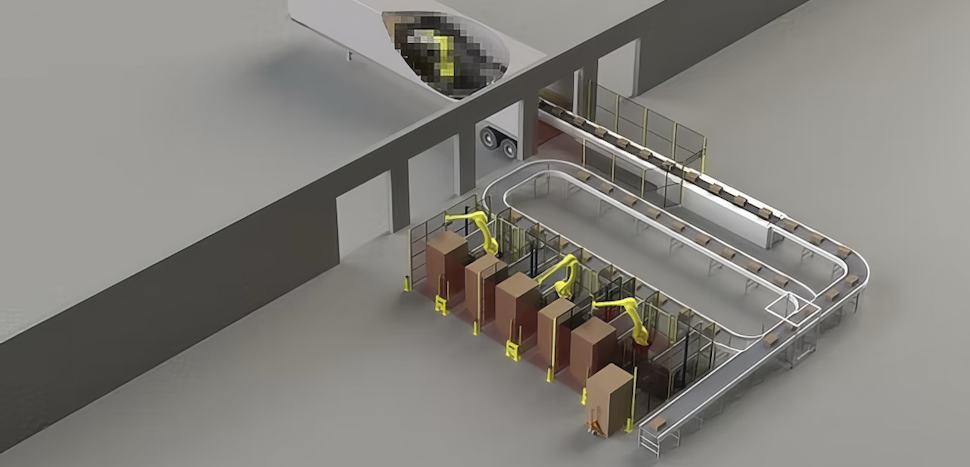id TEAM TALKS SHOP DURING RECENT PANEL DISCUSSION AT QUAKECON
Id Software has a long-running reputation for pushing the envelope when it comes to computer graphics. In fact, there is even a game graphics technique known as “Carmack’s Reverse” that is named after id co-founder John Carmack, who now serves as chief technology officer for the Facebook-owned Oculus VR.
At a recent panel during this week’s Quakecon event, some of id’s top technical team came together to talk about how the studio continues to maintain its reputation for incredible graphics with id Tech 6, the studio’s latest game engine that was used to create the newest Doom.
The panel included Doom Game Director Marty Stratton, Chief Technology Officer Robert Duffy, Lead Rendering Programmer Tiago Sousa, Technical Specialist Shale Williams, and Lead Programmer Billy Khan.
“One of the things that we did really well on [Doom] is having that symbiotic relationship between art and design and programming, and making tech that really makes the game stand out,” Khan said.
“I think [optimization] is an underrated part of development.”
Marty Stratton
He added, “The approach we took this time is we got art involved, we got design involved, we got the tech group involved, and we really sat down and said ‘what are the things we need to focus on?’”
The members of the Doom team agreed that one of its primary goals when creating the game was ensuring not only that it looked incredible, but also that it performed well.
“I think [optimization] is an underrated part of development,” Stratton said.
Stratton explained that while big budget Pixar movies can spend days rendering a single video frame, games need to be able to accomplish the same thing 60 times per second or more while dealing with hundreds of other processes at the same time.
Stratton said that one of the biggest boosts to Doom’s performance came from the shift to Vulkan, a relatively new 3D graphics API that gives developers more direct control over how their programs interact with users’ hardware.
“id pioneered the use of OpenGL for gaming in the ’90s, and I really thought it had merit for us to pioneer this again with this new API and go for it,” Duffy said.
You can watch a recording of Id’s Quakecon panel on Bethesda’s Twitch channel.
For a daily dose of what’s new and next in Dallas-Fort Worth innovation, subscribe to our Dallas Innovates e-newsletter.
































